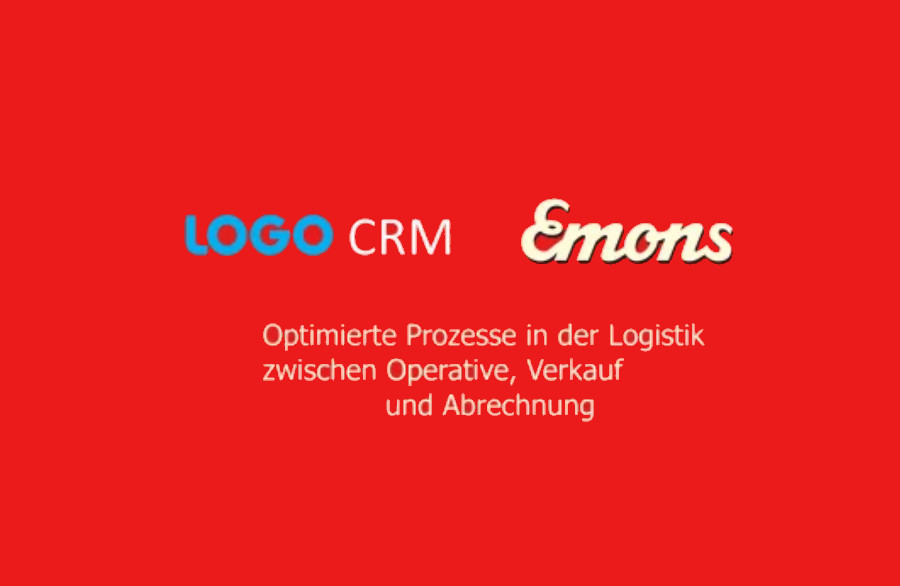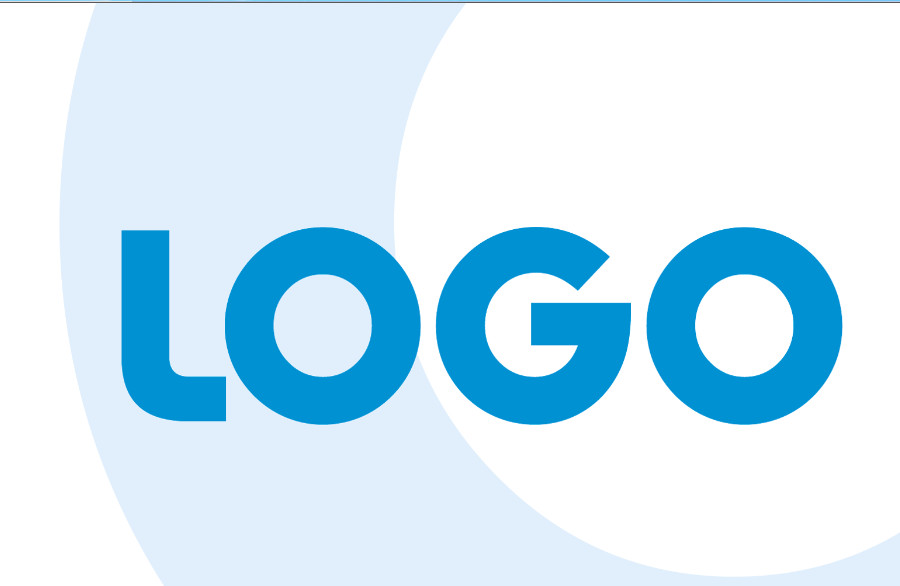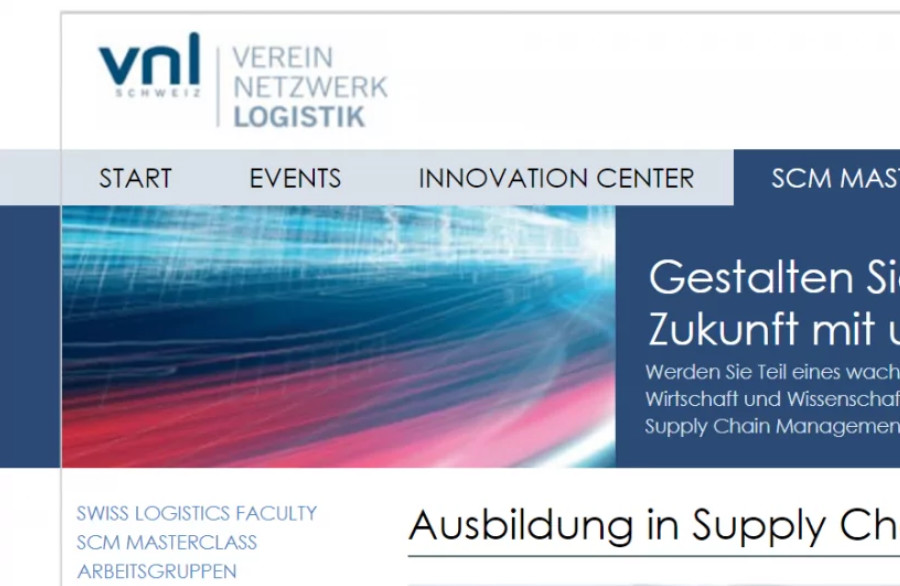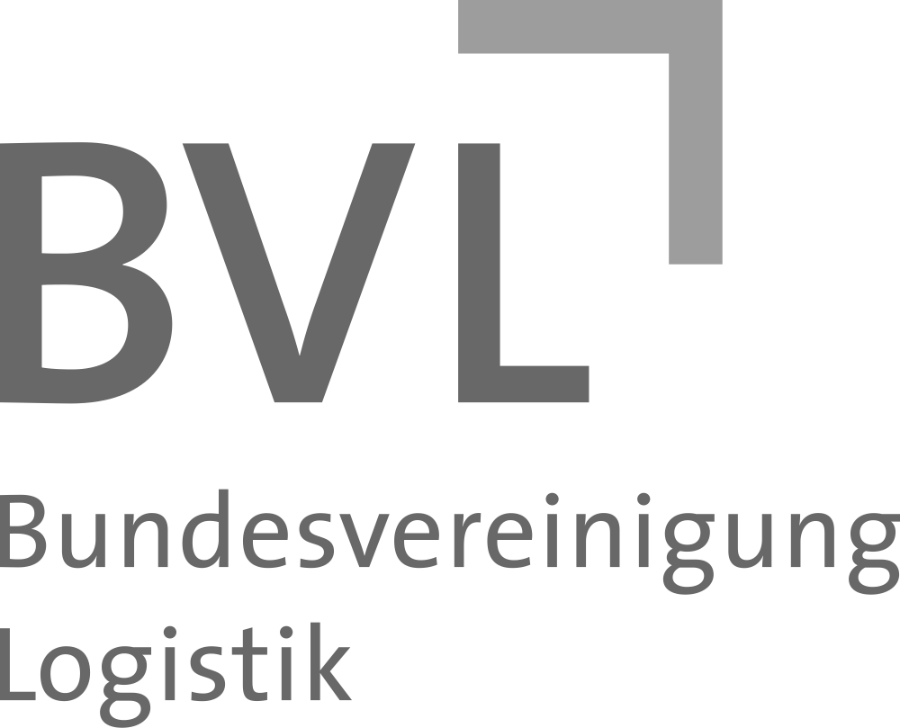The CRM Challenge Data Quality: Part 1 Address Data
And I have been struggling with the quality of their data together with our new customers for just as long.
Regarding the importance of data quality in logistics CRM projects, I have published the following Blog-Beitrag written:
Data quality – the “never ending story” in digitisation

BVL Blog “Datenqualität – die never ending story bei der Digitalisierung”
Today I’m looking at the problems with address data quality and the challenges of achieving a clean initial fill of the CRM database. In another post, I will report on our experiences with the data quality of operational data.
Initial filling and connection of the CRM database – the biggest time eater in the CRM project
Many months logisticians consider whether to introduce a CRM tool. They evaluate the most diverse tools, compare the functions.
Then they have decided and can hardly wait to get started, because the decision-making phase was so long.
Special operational requirements for logistics data
Now it’s a matter of filling the CRM database with relevant address and contact data and connecting it to FiBu and TMS. And LOGO consult is a real expert in this. We see logistics data every day and understand the structures.
And we also understand that from an operational point of view it is not only normal but necessary that a customer is often created several times in the Transport Management System (TMS). Sometimes it is the time pressure of the operational staff that makes it quicker to re-create the customer who has just ordered a shipment than to search for him. Then you also have real duplicates in the TMS. But sometimes it is a new pick-up address or the billing needs a new billing address because the freight is not paid by the client.
That is quite normal in logistics. Unlike in B2C, there is a whole network of relationships between the logistics provider and the client company.
The logistics provider uses different systems for different services
But now we have only talked about the data in ONE system.
In practice, most logistics companies use different tools, whether it is warehousing, logistics services, air freight or sea freight, national or international land transport, general cargo, groupage or full loads.
This is also quite normal and has operational backgrounds.
Duplicates are the order of the day in TMS – but harmful in CRM
In the operative, many customers served in different lines of business or transport modes are recorded several times.
Possibly with different addresses and contact persons.
And in accounting, the customer may still have different debtor and creditor numbers depending on the client, country, division or branch.
It is hardly possible for the management to get an overall view of the customers.
This goal of gaining transparency about all turnover, sales activities, services made with a client company is difficult to achieve if there is no central customer database.
Logically, then, managing directors looking for a solution to this management problem come across CRM databases, among others.
The characteristic of a CRM database is to collect all information about a customer in one place and present it in a structured way.
Ideally, the CRM customer file will show which sales were made in which sectors in the last 12 months, which relations were served, what the payment behaviour is like, what the customer’s loss ratio is, which offers were made and what development opportunities the customer still offers.
Most of this information is available in databases of some kind.
CRM consolidates data from different data sources for better reporting.
That sounds perfect – and it is, once all the preliminary work is done.
But this is where the work really begins – after management has approved the investment for a CRM tool. Now internal resources are also needed to prepare the data so that it can be imported into the CRM database in a meaningful way.
The efforts that arise here at the logistics company should not be underestimated.
For the initial data import, the data is rarely taken directly from the TMS because it contains too much “data junk”. Too many addresses that are of no interest to anyone in CRM and that would distort the statistics.
Accounting is often a good source of clean data. Here the addresses are correct and it is relatively easy to filter out the companies that have received invoices in the last 2 years.
Accounting data as data source for the initial filling of the CRM database
Invoice addresses are unfortunately not everything in the transport industry, as every logistician can confirm: Here, there are often divergent principals who are highly relevant for sales and management. One wants to see the turnover of certain partners and agents. So only the invoice recipient is not enough for real logistics reporting. Once again, our sector is very different from industry and commerce, even in the B2B segment.
So what happens now? Data is exported from different data sources: Accounting, Operational System, Outlook, previous CRM etc. And this data must now be consolidated before importing it into the CRM database so that there are not endless duplicates again.
Consolidated data are the basis for meaningful customer files
LOGO CRM offers the tools from the ground up to combine logistics data in a meaningful way. For example, the match code from two or more operational systems can be entered in a customer file. This is indispensable, especially for international projects and for logistics companies that serve numerous sectors. In this way, the match codes of the different systems can be combined in one file and all consignments and turnover can then be found in this file.
In order to avoid having to manually compile this case by case in the running system, multiple identification numbers of a customer can already be specified during the initial data import and then the interfaces can immediately assign the data cleanly.
However, depending on the source system(s), the effort for manually processing the customer data is quite high and usually has to be done by the CRM customer’s IT, often with the support of the sales staff, who enrich the files with contact data, telephone numbers, e-mail addresses and other important information. And this is already done in Excel, because most of them are simply much faster there than later in the customer files in the CRM.
Our experience: What you have not invested in data maintenance in the preparation phase will be avenged later in poor data quality and misleading evaluation results.
LOGO customers have the advantage that we have tools to calculate the probability of duplicates. We can give recommendations for action and present in list form which accounts most likely belong together and which still have a high probability.
The merging of the files can then be done in LOGO.
LOGO customers can save a lot of internal resources in data cleansing with the help of LOGO tools.
As I said at the beginning, it is not only the address and contact data that is a challenge in cleanly populating the CRM database.
When the interfaces are set up, it becomes apparent in very many cases that the operational data is also not maintained quite as much as would be desirable.
You can read more about this in my next blog on the “CRM Challenge Data Quality: Operational Data”.
Would you like to learn more about the functions and services of LOGO CRM and how you can benefit from our know-how yourself?
Then take the free CRM check!













